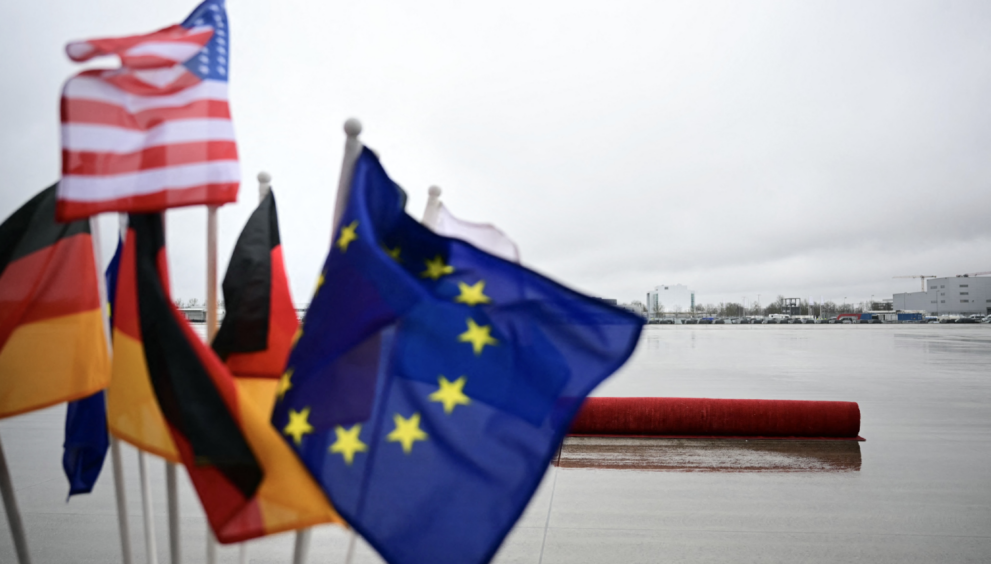Germany and the European Union Preparing for Challenging Structural Changes

After a quarter of a century of the introduction of the euro, the European Union is currently grappling with a significant dilemma, as the two leading economies, Germany and France, face hurdles in enhancing their competitiveness while operating under coalition governments. This predicament is unfolding amidst escalating security threats and the uncertainty surrounding President Trump’s approach to the trans-Atlantic alliance, Ukraine, and tariffs.
Germany, in particular, is confronted with formidable issues, with the economy projected to remain stagnant for the third consecutive year. The Ifo Institute reports that this is the most extended period of stagnation since World War II.
Following the recent federal elections, Friedrich Merz, the leader of the conservative CDU-CSU alliance, emerged victorious and is anticipated to form a grand coalition with the Social Democrats. This comes at a time when the Social Democrats experienced their worst performance since World War II.
Merz has committed to swiftly addressing Germany’s pressing challenges and has vowed to sideline the far-right Alternative for Germany party. Nevertheless, the presence of two extreme parties, AfD on the right and the former East German communist Die Linke on the left, could complicate the implementation of economic reforms, including relaxing Germany’s “debt brake.”
Merz introduced his “Agenda 2030” plan, aiming to restore annual growth to a minimum of 2 percent. The plan involves reducing taxes for companies and households, streamlining bureaucracy, encouraging investment in research and development, repealing green regulations, trimming welfare benefits established by the previous coalition government, and restricting immigration. However, the plan has not received a strong positive response as there are no straightforward solutions to many of Germany’s challenges.
The decline in German living standards after Russia’s incursion into Ukraine three years ago has impacted various sectors. The closure of Russia’s Nord Stream 1 project, coupled with inefficiencies in Germany’s transport, energy, and communications infrastructure due to years of underinvestment, further compound the situation.
Even before the events in Ukraine, Germany and the EU recognized the necessity for structural reforms. According to the Financial Times, since the 2008 Global Financial Crisis, there has been a significant productivity gap between the U.S. and Europe, with the U.S. experiencing three times faster productivity growth.
In this context, Mario Draghi, former Italian Prime Minister, highlighted two critical reasons for Europe’s stagnant growth in a recent Financial Times article. The first is the failure to address supply constraints, primarily internal barriers and regulatory hurdles. Draghi asserts that these constraints are more detrimental than any potential tariffs from the U.S. He also points out the underutilization of trade opportunities within EU countries compared to the U.S.
The other factor impeding Europe’s progress is its tolerance for weak domestic demand. With the U.S. extending more fiscal stimulus post-2008 than the EU, this gap raises concerns about Europe’s economic future.
The current complexity of the situation demands a decisive response to the pressing need for structural reforms. Failure to implement these changes casts uncertainty on the EU’s competitiveness and investor sentiment.






















































































































































































































































































































































































































































































































































































































































































































































































































































































































































































































































































































































































































































































































































































































































































































































































































































































































































































































































































































































































































































































































































































































































































































































































































































































































































































































































































































































